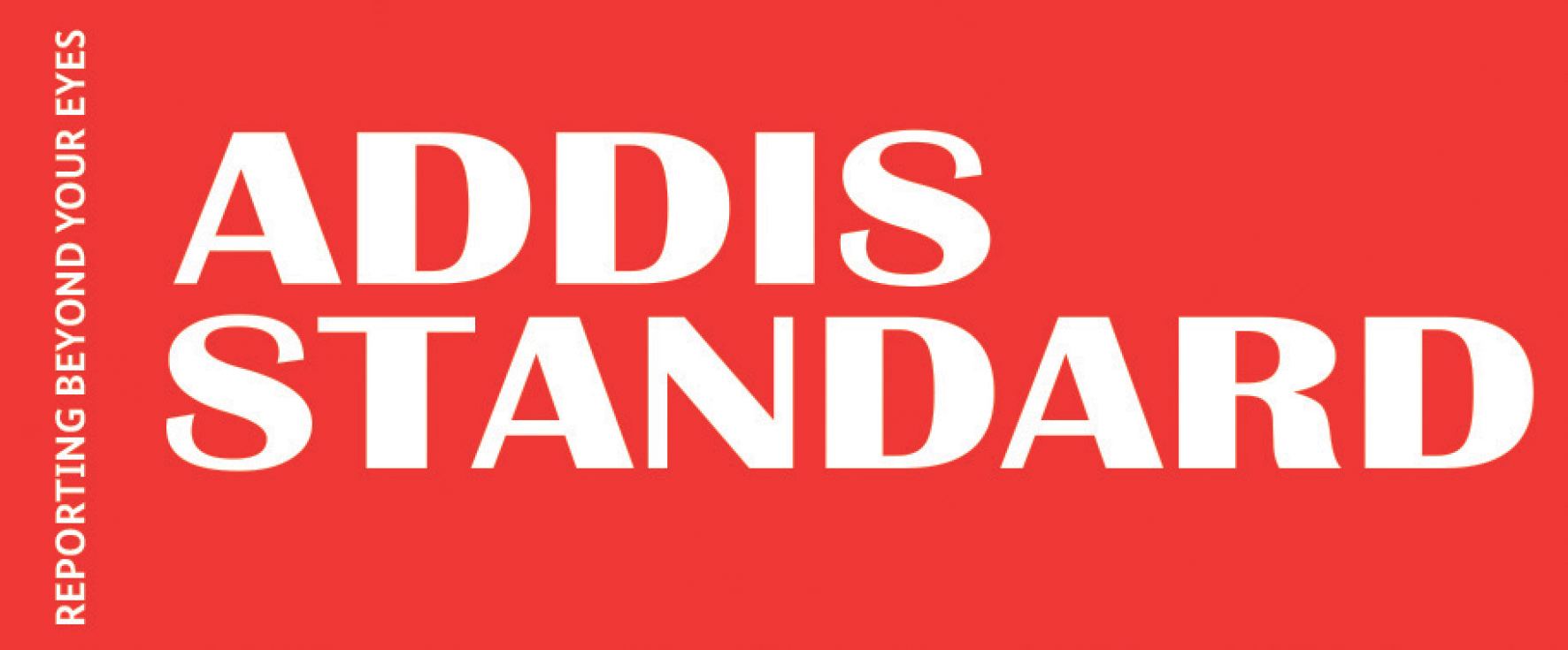Feature: Drought hits more woredas in East Showa, Hararghe Zones of Oromia region

By Dereje Gonfa @DerejeGonfa
Addis Abeba, January 15, 2022 – In the Oromia region where drought and worsening food crisis is ravaging several woredas mainly in Borana and East Bale zones, more reports of drought have been coming out of the arid areas in East Showa zone’s Fentale woreda, West and East Hararghe zones in Eastern Oromia.
Roba Jilo, a resident of Fentale woreda complained about the effect of the drought on the community and their cattle, mostly camels. He explained, “The cattle are getting weak and unable to move because of lack of food and water. In some areas, the cattle are dying.” According to Roba, the farming season saw a shortage of rainfall. He added, “If the situation continues to go as it is, we are set to face a huge humanitarian disaster.”
His concerns are shared by Boru Hawas, another resident who pointed that the drought is killing the community’s cattle, their main source of income. Boru highlighted the conflict over grazing areas between residents of Fentale Woreda and residents of the bordering Minjar Shenkora woreda in the Amhara region aggravated the situation. Boru argued, “Unless the border issue is resolved, we cannot move our cattle like we used to. The drought will get worse soon, we are facing hunger already. I don’t know what will happen.”
Residents of the woreda also complained of a lack of assistance from regional authorities and non-governmental organizations operating in the region. Gadissa Barcho, the head of woreda’s disaster management bureau corroborated residents’ testimonies and added that the prolonged drought created fear among the residents.
Gadissa said, “All the 18 kebeles are experiencing drought, except for some that have the Awash river irrigation project running through.” He added, “The drought is not severe now relative to other areas, but it is getting worse. In some areas, the shortage of water and pasture is forcing the residents to migrate. The situation is worrisome.”
The woreda official said, “We have assessed the impact of the drought and reported it to the concerned body,” he added “We are still collecting data. We don’t have the final figures as to how many people are affected.” He further expressed his concern that the drought’s impact may be large-scale and argued that it is the case in some kebeles.
Gadissa spoke about the impact inflation is having on food security. He said, “The price of cattle is going down as the price for food items is going up. It is reaching a point where residents can’t trade two heads of cattle for a Quintal of wheat.” The lowering of cattle prices is becoming rampant in drought-stricken areas. There are similar trends in other parts of Oromia Region where the plunging price of cattle is aggravating the impact of drought on the pastoralists.
The official underlined the lack of action by what he described as a ‘concerned body’ despite the woreda’s plea for assistance. “Nothing has reached us so far,” he said.
The situation in the adjacent zones of both West and East Hararghe is no different
8 woredas are affected by the drought in the East Hararghe zone alone. While in West Hararghe zone, Hawi Gudina, Burka Dimtu, Gumbi Bordode and Mieso districts are also affected by the drought, according to sources.
Abdi Ibrahim, a resident of the Mayu Muluke woreda of the East Hararghe zone spoke about the effects of drought and challenges facing the community. He said, “It has not rained in a long time and all the lakes and the springs dried up. It is hard to find drinking water, including for the cattle. The animals are getting weak, unable to move and some have started dying,” he added, “People are starting to flee in search of water and grazing land. The situation is worrying if it continues like this.”
Abdi described the scale of support the community is receiving as minimal. He said,“We are receiving a little support, two trucks were distributing water for several areas. But the water was not even enough for the people let alone the cattle. Now one of the trucks is not working. Providing water to an entire woreda with a single truck is unlikely.”
Abdul Hasib Ahmed, another resident of the same woreda, complemented Abdi’s testimony by saying, “People with low income are affected the most. We hear people saying support will come but we have not seen any yet. Everyone is in need, we need larger support to survive this drought. ”
The drought has affected health care facilities as well according to Abdul Hasib . He said, “Schools and health posts are on the verge of closing due to the water shortage. This is the worst drought I have ever seen in my life.”
Adnan Mohammed the head of Mayi Muluke disaster management bureau shared the frastrution of the residents and said the bureau’s investigation indicated confirmed drying up of water sources.
Adnan fears the situation may get worse, “If it doesn’t rain in January around hundred thousand cattles may perish and around ten thousand people may be exposed to extreme hunger.”
Currently water is provided to health posts and schools according to Adnan. He explained, “We are distributing water to health posts and schools. We are planning to dig deep wells to use the underground water. Unfortunately the plan is still in the phase of conducting research.”
Mohammed Yusuf is a farmer and a resident of Chinaksen woreda in the East Hararghe zone. He said, “We planted sorghum and corn. Because the rain stopped abruptly, it didn’t yield fruit. Instead it served as cattle food. The cattle survived this far with the corn and sorghum. I don’t know what the cattle will feed on in the future.”
Mohammed noted that the conflict with the neighboring Somali region hindered the community’s movement in search of water. Violence and looting is forcing people to glee their homes, worsening the impact of drought making the community prone to hunger, he explained.
“Here in the East Hararghe zone, the price of cattle has plummeted as the cattle become weak and unattractive for traders,” Mohammed said. This coupled with inflation might lead to a multi-layered humanitarian crisis, he predicted.
Tefera Eshete, the zonal disaster and risk management bureau disclosed that the bureau confirmed through research that 8 woredas are affected by drought. “We are planning to provide fodder, water and food starting from January,” he said.
Contrary to residents’ testimonies, Miski Mohamed, the administrator of East Hararghe zone said, “The drought didn’t affect the community. We are conducting research on how to handle it, if it occurs in the future.”
While the East Hararghe zone remains more affected than the West Hararghe zone, the situation in West Hararghe is no better.
Abduraman Riyadh, a public servant in Hawi Gudina district of the zone is of the opinion that the slow response to the drought is worsening its impact. Abduraman went on to talk about water shortage, “We are paying 25 to 30 ETB per liter for water fetched from the river. ” Abduraman argued that providing water with trucks is not a sustainable solution, “I don’t think two trucks can supply water for the entire woreda.”
The drought is affecting more aspects of the lives of the residents of the two zones. Aliyi Kedir, a resident of Burka Dimtu woreda who like many residents of West Hararghe zone told Addis Standard that he is considering fleeing the area to look for better opportunities to make ends meet elsewhere in Oromia.
Schools are on the verge of closure as a result of the worsening drought according to Lelisa Kuma, a teacher at a primary school in Burka Dimtu woreda. He explained that the dropout rate is increasing dramatically as students continue to drop out as they assist their families in search for water and cattle feed. “Schools are discussing closing down all together,” he said.
The administrator of West Hararghe zone, Elias corroborated the testimonies of the residents of the zone. “We have identified areas where the drought is expected to have severe impacts. We are currently providing assistance to three woredas that are affected worst. ” Elias predicted that 400,000 people could be exposed to hunger if the drought prolongs.
Reports suggests that Millions of people in Kenya, Ethiopia and Somalia are in dire need of humanitarian assistance due to drought killing hundreds of thousands of their cattle and damaging thousands of hectares of crops. AS




